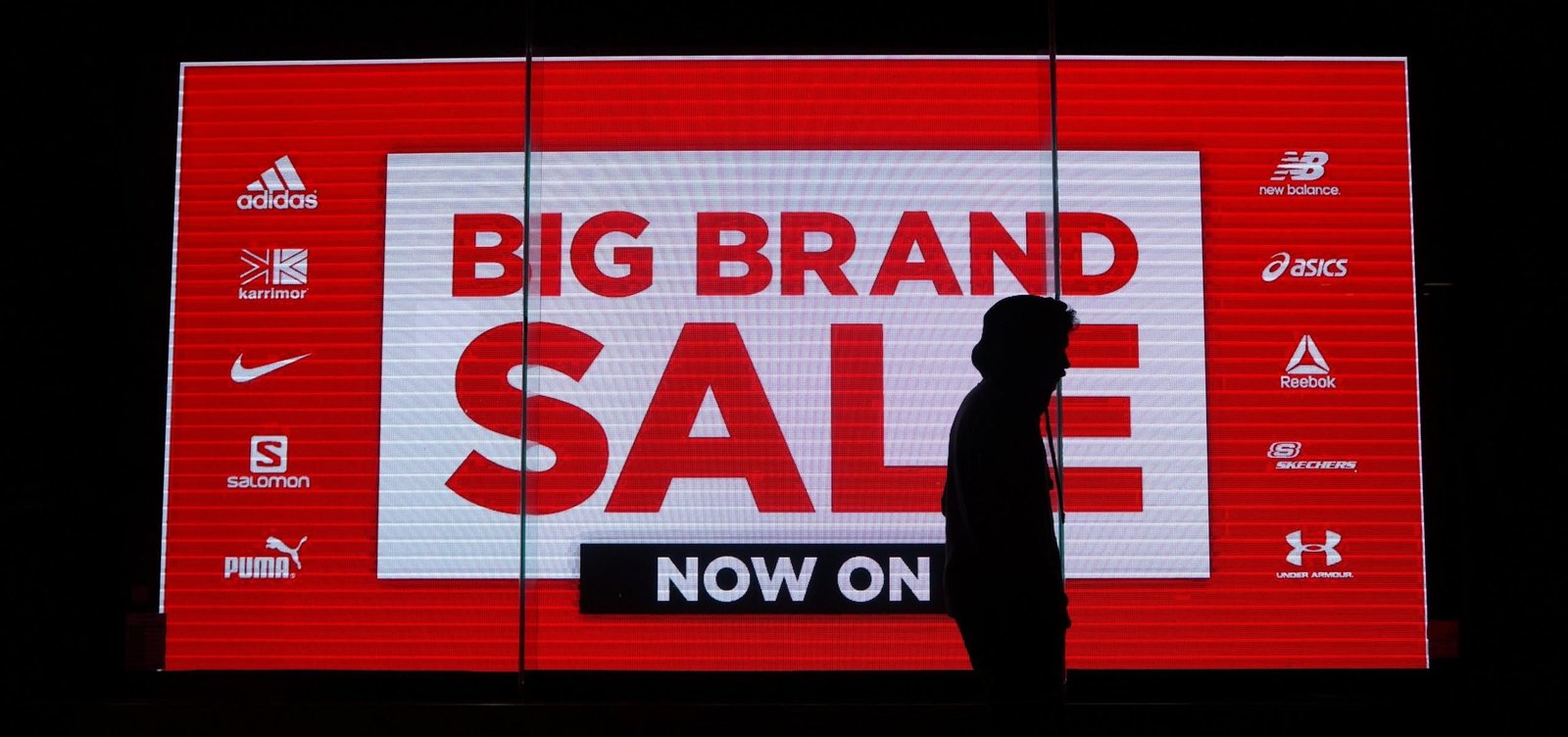In a conversion optimization scenario, you’re asked to change how you respond to people in your business. Instead of just messaging them directly, you send them to your site or app where they can learn how to improve their conversion rates.
You can do this by visiting Google Analytics. This is a free resource that collects data from your website or app to create a conversion rate for everyone trying to purchase something.














